Fall Garden Ideas Texas: Easy Tips for a Thriving Autumn Garden
Thinking about starting a fall garden in Texas? You’re in the right place. Fall is an excellent time to grow a variety of vegetables and plants that can thrive in the cooler weather. Whether you’re a beginner or have a green thumb, this guide will help you make the most of the autumn season.
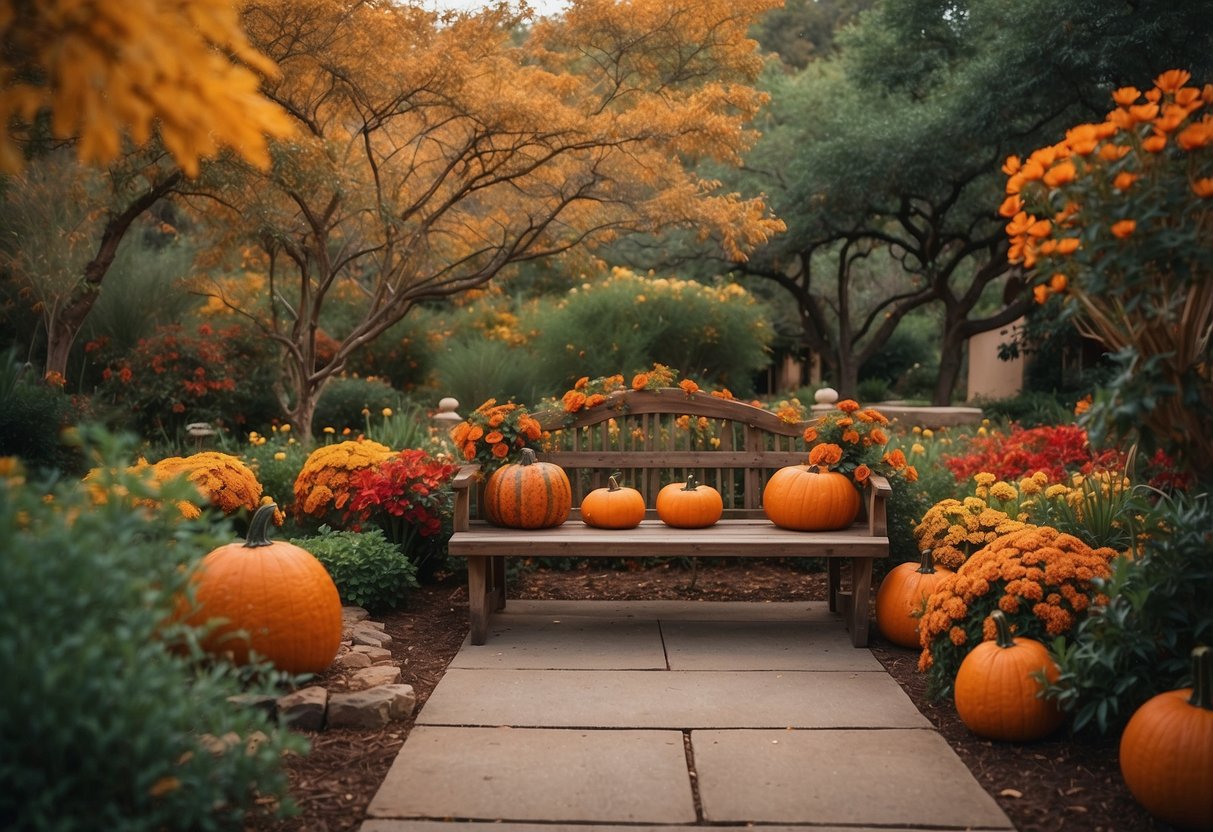
Wondering which vegetables will flourish in the Texas climate? We’ve got you covered with tips and suggestions to ensure your garden is both beautiful and bountiful. Let’s explore some great ideas for your fall garden and start planning your next gardening adventure.
1) Plant Wildflowers

Planting wildflowers in your Texas fall garden can bring a blast of color. Bluebonnets and Indian paintbrushes are popular choices. For a vibrant garden, plant these seeds in early fall.
Bluebonnets are well-loved for their deep blue petals. Indian paintbrushes add striking red hues. They both thrive in Texas soil and climate.
Consider adding other wildflowers like Texas lantana and blue-eyed grass. They are easy to grow and attract butterflies and bees.
2) Grow Kale and Collards

Kale and collards are great choices for a fall garden in Texas. They thrive in cooler weather and are easy to grow.
Start planting kale in early fall. Space your plants about 12-18 inches apart to allow for growth and airflow.
Collards are similar to kale and also do well in cooler months. They can be harvested throughout the season. Enjoy fresh, nutritious greens from your garden. For more details, you can read about kale growing tips.
3) Install a Rain Barrel
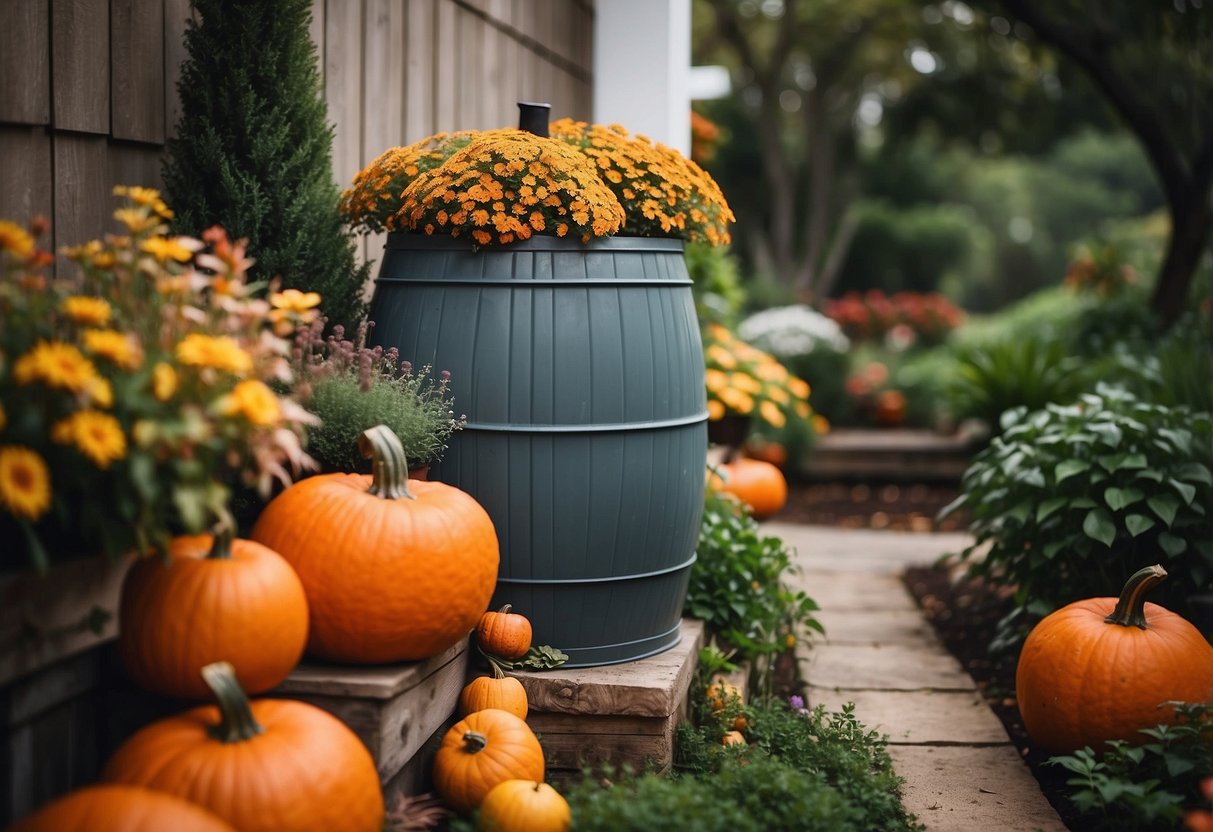
Installing a rain barrel is a great way to collect rainwater for your garden. Start by choosing a spot near a downspout. This makes it easy to capture water from your roof.
First, remove the downspout. You will need a screwdriver to detach it. Then, place your rain barrel beneath the opening.
Next, cut a hole on top of the barrel for the water to pour in. Make sure it’s big enough for the water to flow easily.
Secure your rain barrel by attaching a hose or faucet near the bottom. This lets you use the stored water when you need it. For more tips on setting up, visit Get Busy Gardening.
4) Create a Compost Area
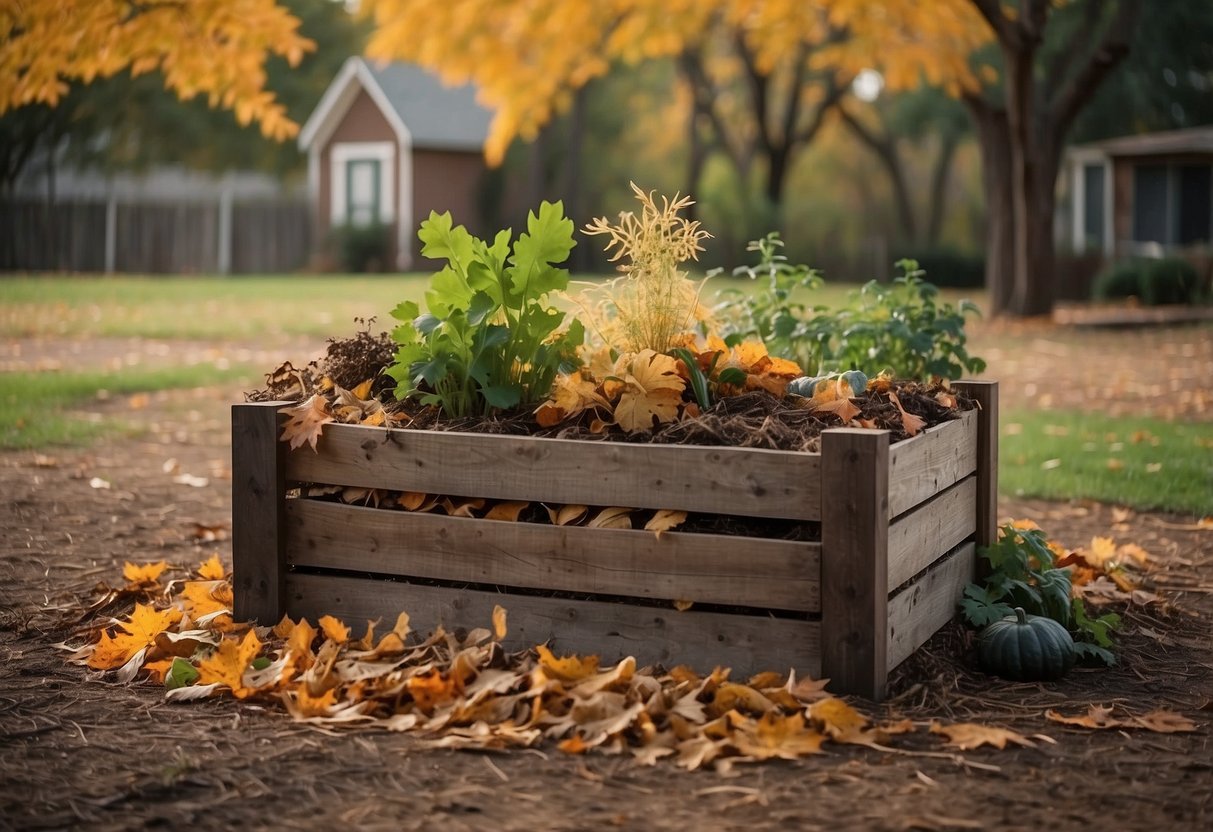
You can easily create a compost area in your fall garden. Start by picking a spot with good drainage.
Mix dry materials like leaves with green materials such as vegetable scraps. Aim for a ratio close to 4 parts dry to 1 part green. This helps speed up composting.
Shred your materials to make them decompose faster. This simple act can make a big difference. For more tips, visit creating a great fall compost pile.
5) Plant Decorative Gourds
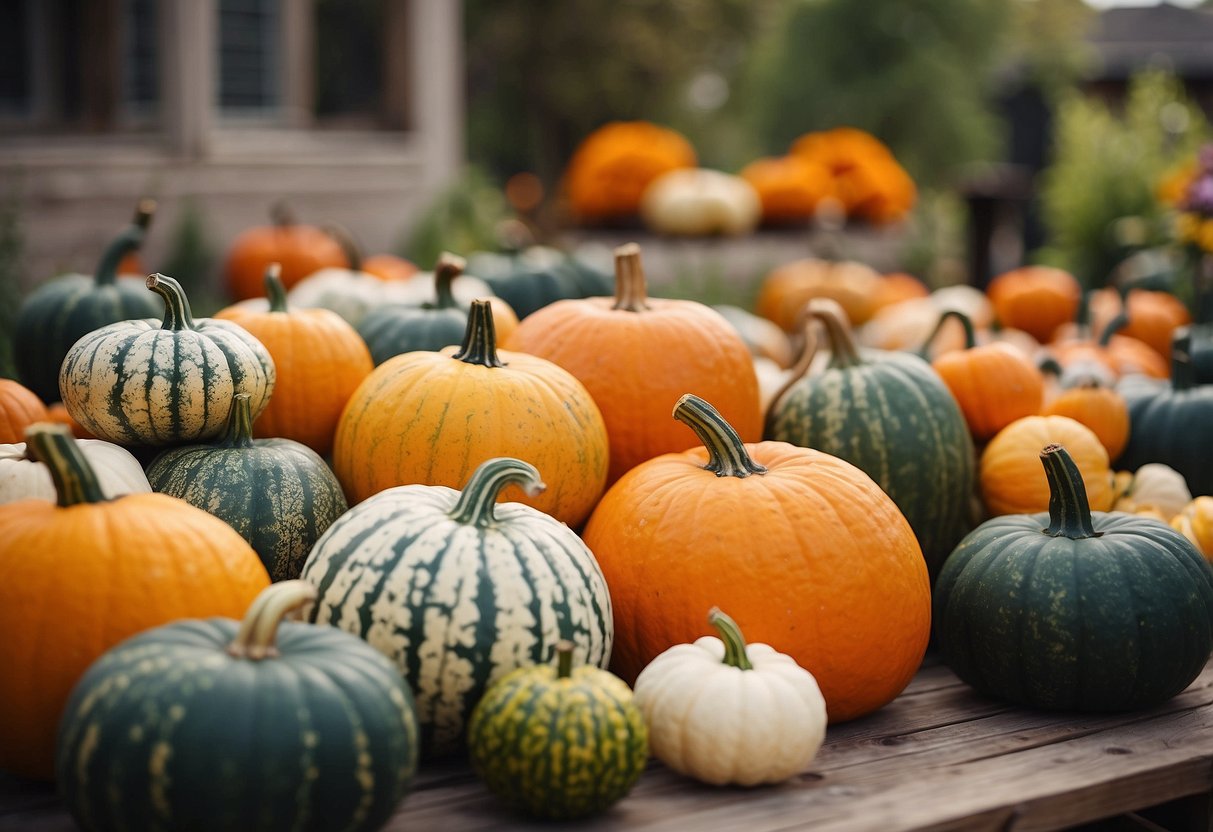
Decorative gourds add charm and variety to your fall garden. You can use them for crafts, displays, or even birdhouses. They come in many shapes and sizes, including apple gourds and birdhouse gourds.
To grow your own, choose a sunny spot with well-drained soil. Plant the seeds in late spring to ensure a good harvest in the fall. Learn more about the best planting methods.
Decorative gourds are easy to grow and maintain. With little effort, you’ll have a beautiful garden full of unique and colorful gourds.
6) Build Raised Garden Beds
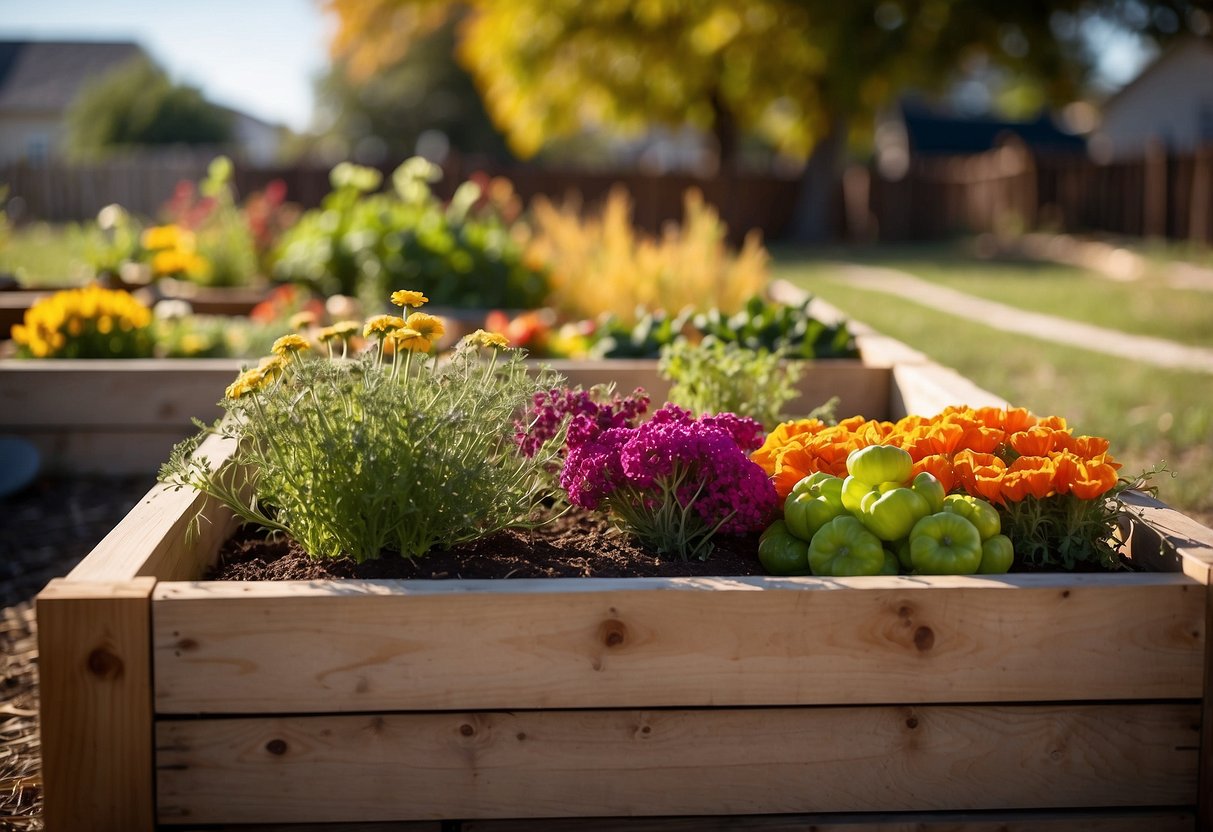
Building raised garden beds in your Texas fall garden can be simple and rewarding. Raised beds improve soil drainage and are easier to manage.
Choose a sunny spot for your raised beds. Make sure the soil mix is balanced, with equal parts topsoil and compost, for optimal growth. Raised beds can look great in your landscape and make pests easier to control.
For step-by-step guidance on constructing and planting raised beds, check out this guide from Texas A&M. Happy gardening!
Plant Fall-Blooming Perennials

Add color to your Texas garden with fall-blooming perennials. One great option is Stonecrop. It has a creeping habit and works well in rock or pollinator gardens.
Blue Plumbagos are another fantastic choice. They transition from blue to violet and thrive in full to partial sun.
Petunias are low-maintenance and can handle Texas heat. Make sure they get at least six hours of light each day for the best blooms.
8) Add Mulch to Beds

Adding mulch to your garden beds in the fall is a great way to protect and nourish your soil. It helps retain moisture and keeps the soil temperature more consistent.
Mulch can also prevent weeds from taking over your garden. For Texas gardeners, materials like pine straw or a compost/mulch blend work really well.
Make sure to add mulch after the first freeze but before the ground hardens. Pile it up to about six inches to create a warm blanket over the soil and help safeguard against frost. You can check out more tips on the best mulch for flower beds in Texas.
9) Grow Broccoli and Cauliflower

Growing broccoli and cauliflower in Texas can be rewarding. Both vegetables thrive in cooler weather, making fall the perfect time to plant them.
Start your seeds in late August in North Texas or early September in Central Texas. Use seed starting trays and place them in the shade to keep them cool.
Choose heat-tolerant varieties like Green Magic broccoli. Make sure to plant them in well-drained soil and provide consistent watering to keep the seedlings healthy. For more tips, visit the Texas A&M Agrilife Extension.
10) Install Garden Path Lighting
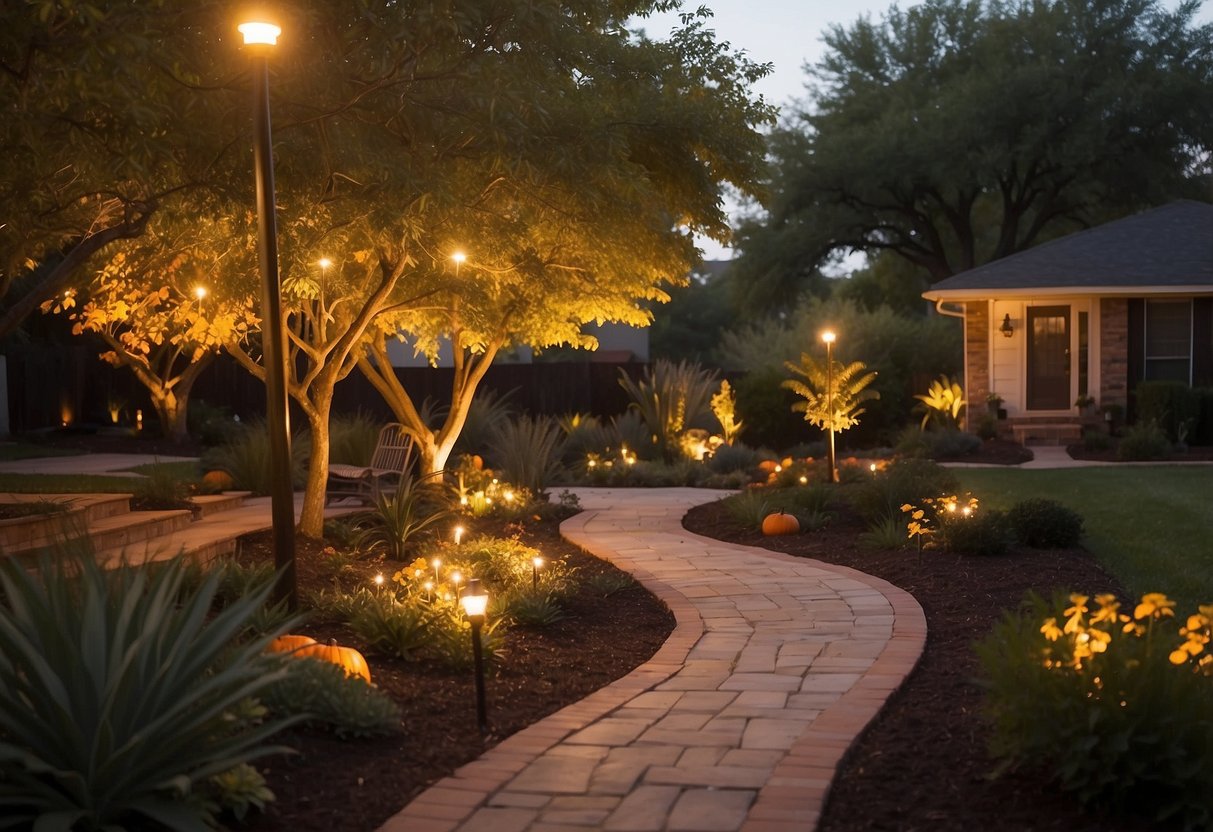
Adding garden path lighting can make your garden both beautiful and safe. Lights along your pathways help guide you at night and highlight your garden’s best features.
You can use small lanterns, solar-powered lights, or even whimsical designs like lit-up mushrooms. Place them along the edges of your path to create a magical and inviting atmosphere for your garden in Texas.
Consider using solar-powered lights to save on energy costs. For more unique ideas, check out these garden lighting options or add dandelion solar lights from Sparkle Lighting for a touch of magic.
Understanding Texas Fall Climate

Fall in Texas presents mild and pleasant temperatures, making it a great time for gardening. Yet, the weather can sometimes bring unexpected challenges, like sudden storms or droughts, which can impact your gardening efforts.
Typical Temperature Range
In the fall, Texas experiences average temperatures between 60°F and 80°F. Early fall can still feel warm, with daytime highs in the upper 70s to low 80s. As you move into October and November, the temperatures cool down, often dropping below 70°F during the day and into the 50s or even 40s at night.
These temperatures are ideal for growing cool-season crops like lettuce, spinach, and other leafy greens. The mild weather helps these plants thrive without the intense heat of summer or the harsh cold of winter.
Keep an eye on your local weather forecast to adjust planting times and care routines accordingly. Knowing the typical temperature range helps you choose the best plants for your fall garden.
Weather Challenges
While fall weather in Texas is mostly pleasant, you might encounter a few challenges. One of the main issues is unpredictable rainfall. Some falls are dry, requiring consistent watering, while others might see frequent storms that can flood garden beds.
Sudden drops in temperature can also occur, sometimes bringing a light frost. This can potentially damage sensitive plants. It’s good practice to be prepared with frost covers or moveable containers that you can bring indoors during cold snaps.
Wind can be another problem in some parts of Texas during fall. Strong winds can damage young plants or dry out the soil quickly, making it necessary to water more often and provide some wind protection like barriers or plant supports.
Best Practices for Fall Gardening

When planning your fall garden in Texas, focusing on soil preparation and plant selection is essential. These steps ensure a bountiful harvest and healthy plants.
Soil Preparation
Before planting, pay attention to your soil. Start by clearing the garden of old plants and debris. Loosen the soil to a depth of about 12 inches to allow for good root growth. Adding compost or organic matter helps improve soil structure and fertility. This step ensures that plants get the nutrients they need.
Once the soil is prepared, water the area thoroughly. It’s important to let the soil settle for a few days before planting. Watering deeply helps create a moist environment ideal for seed germination. This can make a big difference in how well your fall garden grows.
Choosing the Right Plants
Selecting the best plants for the fall season is vital. In Texas, root vegetables and leafy greens are great choices. You can plant beets, radishes, and carrots as they thrive in cooler weather. Leafy greens like spinach, kale, and lettuce also do well and often taste sweeter after a light frost.
Consider Brussels sprouts and Chinese cabbage too, as they handle chillier temperatures nicely. Make sure to place your garden where it gets at least 6 hours of sunlight each day. This amount of sunlight helps your plants grow strong and healthy.
For detailed planting dates and tips specific to different regions, refer to this Fall Vegetable Gardening Guide for Texas.
Planting and Maintenance Tips

Ensuring your fall garden thrives in Texas involves proper watering and effective pest control. These aspects are crucial for maintaining healthy plants throughout the season.
Watering Guidelines
Proper watering is key for a successful garden. Newly planted seeds and seedlings need consistent moisture. Water your garden early in the morning to reduce evaporation and make sure the plants have enough water for the day.
Use a drip irrigation system or soaker hoses to keep the soil consistently moist. Avoid overwatering; soggy soil can lead to root rot. Aim for about 1-2 inches of water per week, adjusting based on rainfall and temperature.
For best results, focus on the root zone rather than the leaves. Plants like leafy greens and root vegetables benefit greatly from consistent watering practices.
Pest Control Strategies
Managing pests is essential for a thriving garden. Start by inspecting your plants regularly. Look for signs of insects, such as holes in leaves or discolored foliage.
Introduce beneficial insects like ladybugs and lacewings to help control harmful pests naturally. These insects prey on aphids and other common garden pests.
Organic options include neem oil and insecticidal soap, which are effective against a variety of pests. Apply these treatments in the early morning or late evening to avoid harming beneficial insects.
Physical barriers like row covers can protect delicate plants from pests. These covers allow sunlight and water to pass through while keeping insects out.
Stay vigilant and act quickly when you spot pest problems to keep your fall garden healthy and productive.







